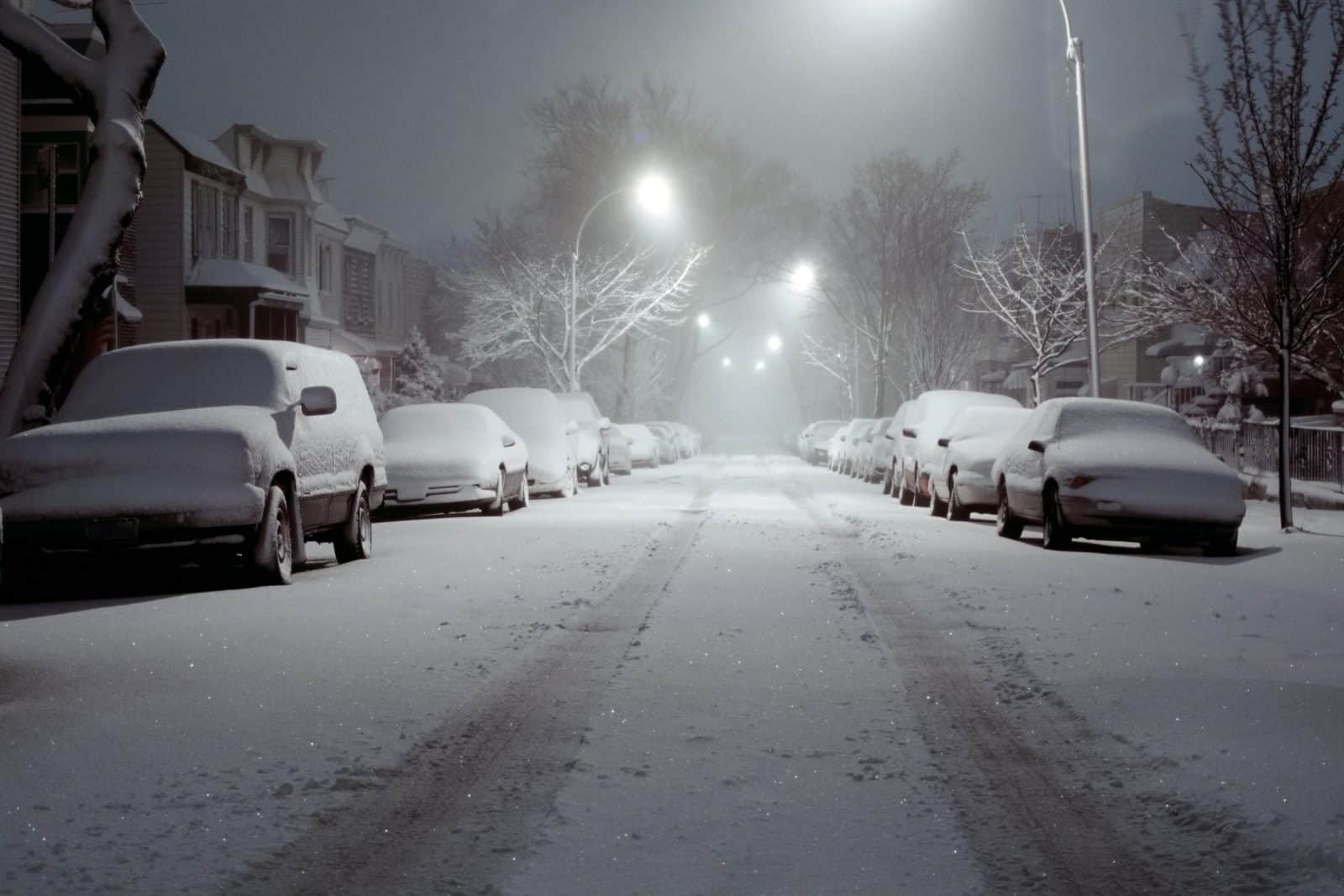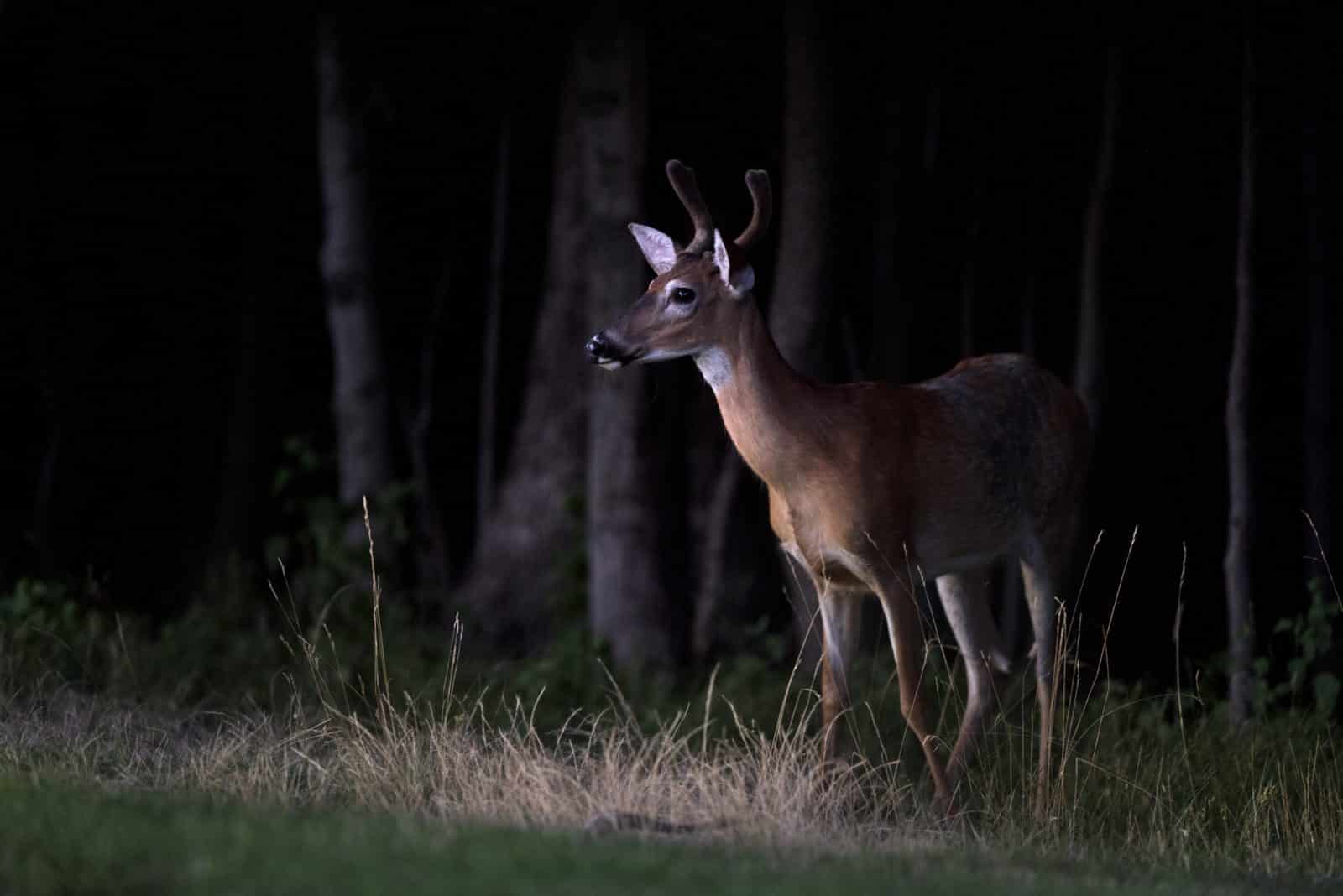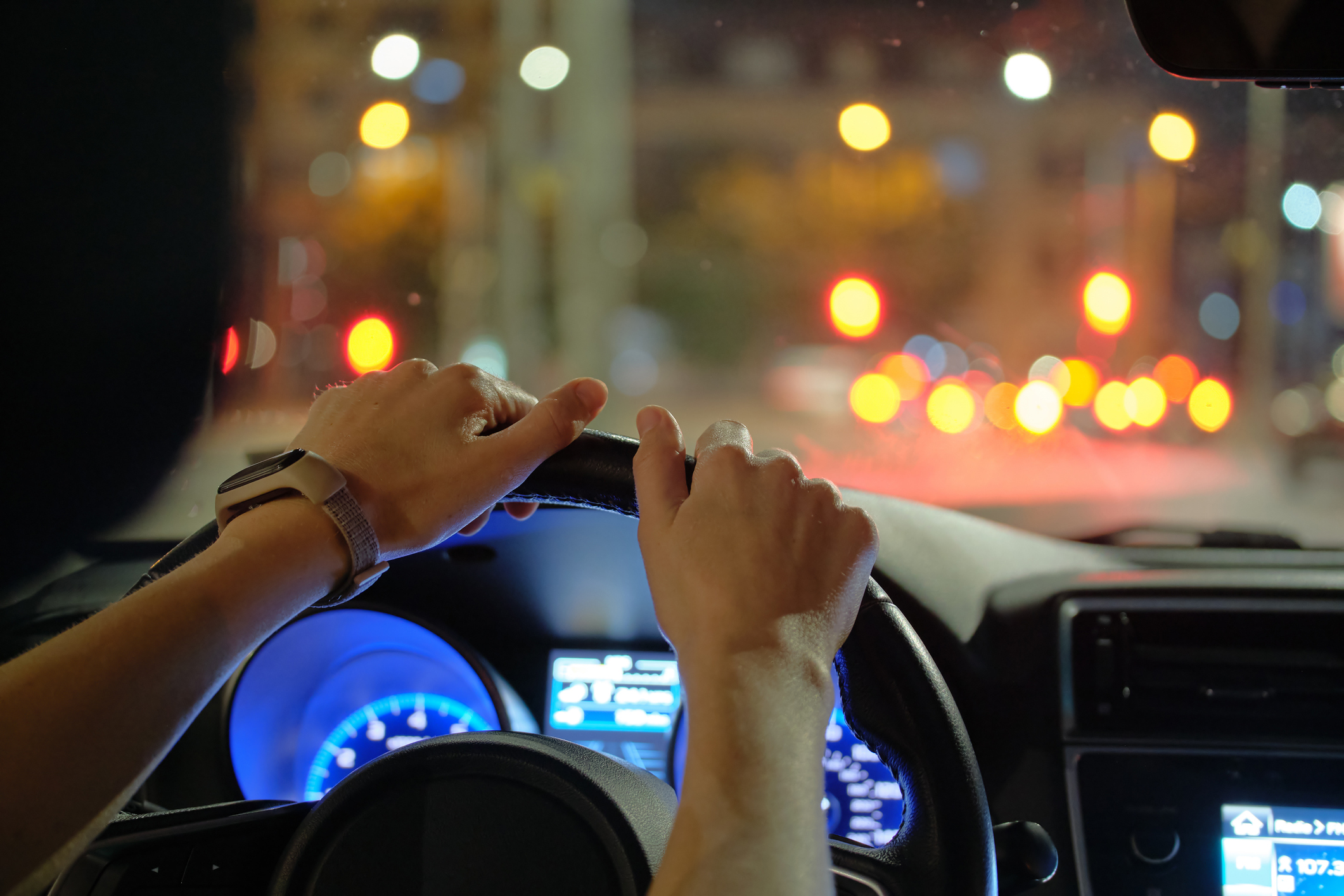Whether you’re enjoying the robust nightlife on Tejon Street or watching the sunset from the Palmer Park overlook, Colorado Springs has much to offer when the day ends. However, the dangers of night driving in Colorado Springs present unique challenges to drivers, and it’s important to be prepared before you go out. Keep reading to learn about the dangers of driving at night, and find out how to keep yourself safe to get the most out of our beautiful city.
1. Big Trucks:
There is no doubt that big truck drivers are an important part of the state economy. In fact, as of 2020, there were about 18,000 Colorado citizens employed as truck drivers, delivering goods throughout the state.
Despite the important role they play, big trucks can also present a hazard on the road. Due to their size and limited visibility, there is more of a risk than driving during the day. In fact, there have been many recent nighttime accidents involving semi-trucks in Colorado Springs and surrounding areas.
When driving at night you should always be aware of the road and give semi-trucks their space. If you have to drive at night next to a semi-truck, make sure to stay in view of the semi-truck’s mirrors and safely pass when possible.
2. Extreme Colorado Weather:

Colorado’s severe winter weather is one of the dangers that may be present during the day but becomes much one of the biggest dangers of night driving in Colorado Springs. Many Colorado natives are familiar with driving (or choosing not to drive!) in these situations. However, that doesn’t stop situations like this dozen-car pileup that took place last winter after a heavy snowfall.
Although it is best to avoid driving in extremely snowy or icy conditions, here are a few tips to stay safe if you absolutely have to go out:
- Be aware of the capabilities of your vehicle before going out in bad weather
- Don’t let the gas tank get too low — stay fueled up in case your vehicle gets stuck
- Come prepared with water, extra clothing, and blankets
- Keep your phone charged and bring a car charger in case of emergency
- Move at a slower pace than you usually would so that you can arrive safely at your destination
3. Inexperienced, Young Drivers:
The CDC’s data from 2016-2017 indicates that drivers between the ages of 16 and 19 were “3 times as likely to be involved in fatal nighttime crashes than adult drivers aged 30–59 years”. Their inexperience on the road makes them particularly ill-suited to drive at night in Colorado Springs.
In the interest of protecting the youth and other drivers on the road, Colorado has placed certain restrictions on teens driving at night. These include restricting how many passengers a teen can have, who is allowed to be a passenger, and when they can be on the road. Specifically, drivers under the age of 18 are not allowed to drive between midnight and 5 a.m., with a few exceptions.
While it is nearly impossible to know when you are around a young person on the road, you can still stay safe by paying attention to the behavior of other drivers. If you are the parent of a teen, you can also be a part of the solution by teaching them about safe nighttime driving practices and enforcing the curfew set in place by state law to reduce the dangers of night driving in Colorado Springs.
4. Effects of High Altitude:
Because many who live in Colorado Springs and nearby areas choose to get a vehicle such as an SUV, crossover, or truck with 4-wheel drive, this is mainly a warning to those who are visiting our lovely state or are new to the area: high altitude can have a pronounced impact on engine performance.
High altitude affects a vehicle’s engine performance by causing it to get too much fuel and not enough oxygen — known as “running rich” — which makes it possible for the engine to lose power or have a harder time accelerating than normal. Along with having a negative effect on the engine, high altitudes can also cause decreases in tire pressure. No one wants to have a flat tire or have their car break down on a dark mountain road.
For these reasons, you should only drive at night in Colorado Springs if you have experience on these roads and know that your vehicle can handle them. You can also practice extra caution by keeping a tire pump in the car!
5. Wildlife in the Roads:

All throughout the year, especially during late fall, night driving is dangerous because of the deer and elk that populate the nearby natural areas.
Due to the sun setting earlier, it can be even tougher than usual to spot deer and other wildlife on the road.
However, there is always a chance you could encounter a deer or elk while driving at night. Colorado Parks & Wildlife even has its own guide to avoiding wildlife collisions, noting dusk and dawn specifically as the most high-risk for accidents.
To keep yourself, your passengers, and the local wildlife safe from harm, drive the speed limit and be aware of the road ahead so that you can react if an animal jumps out in front of you.
Overall, the best practices to stay safe when night driving in Colorado Springs are to drive the speed limit even if the roads seem empty, drive distraction-free so that you can react to any potential obstacle that may arise and drive prepared with the essentials you would need if your car got stuck or broke down. With these tips in mind, you can continue to enjoy the beauty of this city, stress-free.
If you’ve been hurt in a night-driving accident in Colorado Springs, Pueblo, or elsewhere in the state and need a Colorado car accident lawyer, we’re available 24/7 to take your call and help you recover your damages. Get your free case review today!


